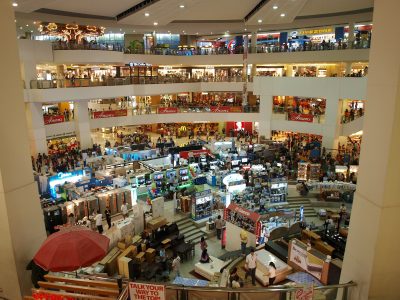 8,640 stores are expected to close by the end of this year.
8,640 stores are expected to close by the end of this year.
By Ashley Richardson
Traditional mall anchors Macy’s, J.C. Penney and Sears have recently announced widespread closings, and have closed stores. Niche retailers American Apparel and BCBG Max Azria have filed for bankruptcy.
And according to a June 1 news report by Makeda Easter in the Los Angeles Times, 8,640 stores are expected to close by the end of this year.
What is the main reason for the large number of store closings? Shoppers’ habits are continually shifting from in-store to online buying, recent studies have shown.
The ripple effect of the closing of mall anchors is that once a department store goes vacant, middle retailers like nail salons and jewelry stores suffer from lack of traffic from the larger stores.
Brian Andrus, president of the Florida Gulfcoast Commercial Association of Realtors (FGCAR), says the problem is even worse in retail-intensive areas. He urges property owners and municipalities to not be caught asleep at the wheel.
“We’re being confronted with a fundamental change in people’s shopping habits,” he says
He suggests that the best way for retailers to avoid store closings is to do ‘creative repurposing,’ which means to transform them from purely shopping venues to destination sites with more entertainment value.
As an example, Andrus points to Grapevine Mills, located two miles from Dallas/Fort Worth Airport. It has 200+ retail outlets but now offers a Sea Life aquarium, a Legoland and an amusement center featuring 24 lanes of bowling, as well as billiards, video games and karaoke.
He urges developers, entrepreneurs and municipalities to engage with talent inherent in the commercial real estate professional community – or risk the inevitable shuttered stores and vacant buildings, resulting in the decline of the physical asset’s value as well as that of property values in general







